Actual Ways to Improve Your Art – Methods and Challenges That Work
Improve your art with these effective methods and challenges! A lot of drawing advice given online only helps you upgrade the creative side of your art. But these practice ideas will help you actually improve the technical side of of your art.
Why These Methods?
It can be really frustrating to hear “just practice” or, “it takes ten thousand hours to learn art.” Additionally, many drawing “challenges” online are just for fun and do not actually help you improve. And as you may know, learning art is not an intuitive process for everyone. That is why this article outlines multiple things to do if you want better technical drawing skills. So, get ready to go from meh, to yeah!
*This article dives into some methods that I personally use to improve my art. They are not the only ways to get better at art, and they may not be for everybody. Do what works best for you!*
Learn from Your Old Drawings
For this exercise, use your old art to help you determine what things you are not improving at. Do a redraw of an old drawing, or simply line up your old art next to your new art. You can even make an “Art Improvement Meme.” Seeing your drawings side by side will help you figure out exactly what parts of your art you need to study up on.
Once you have done a bit of studying, you can redraw one of your drawings, or make a completely new one. This will help you put into practice what you have learned, and see if you have improved.
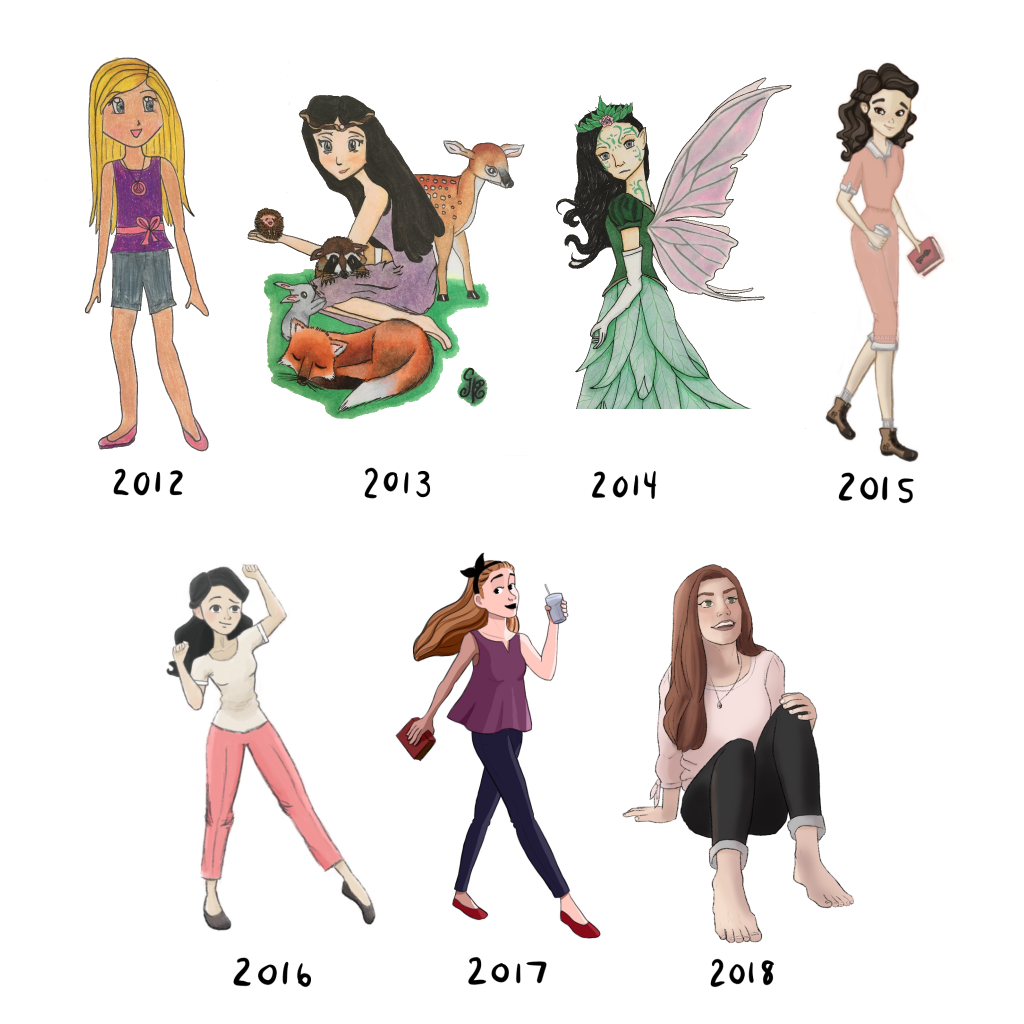
Fill an Entire Sketchbook
Another method to improve your art is to challenge yourself to fill an entire sketchbook. This will take away the pressure of making a perfect drawing on every page. Completing this goal will ensure you take more time to work on your art, create a large volume of art, and experiment more. These are all super helpful ways to improve your art. If filling a regular-sized sketchbook is already easy for you, you can try using a 600 page sketchbook for more of a challenge.
Improve Your Art with Reference
Additionally, use reference–whether it is from life or a photograph–it can help you improve your art. Examine the world around you to help build up your “visual library.” Take notes about whatever you are trying to learn to draw. Practice drawing it with reference a few times. Try not to just copy the contour lines, but instead draw the volumes that make up your subject matter. Then, trying drawing it without reference to see what you still need to work on.
Also, to improve your art, you can do master studies–which is the process of replicating art you revere. Of course, copying others’s art and claiming it as your own or selling it is definitely, a no-no. However, as long as your master studies are strictly used for practice purposes, replicating another artist’s creation will help you figure out what makes it good. Then, you can apply their methods to your own art.
Draw 100 Somethings
This tip to improve your art is similar to Jake Parker’s, Design 100 Somethings. For this challenge, all you have to do is focus on improving one aspect of your art. You can try the challenge by drawing 100 heads, hands, feet, poses, backgrounds, animals, etc. Before you start, gather lots of reference, take your own, or ask someone to be your model. The important thing is to pick something you are bad at drawing, so that you can improve that flaw in your art.
Break Down Volumes
To get better technical drawing skills, you can practice seeing the world around you as simple 3d volumes. For example, break down a hand into a box for the palm and cylinders for the fingers. This will help you get the line-work aligned properly and make things look less flat. Additionally, breaking down volumes tremendously helps if you want to draw from your “imagination.” Just memorize the volumes, their proportions to one another, and how they overlap; now you can twist and bend the volumes to create a whole variety of poses without reference.
Read About Perspective
To improve your backgrounds, or learn how to place multiple characters in a scene, reading about perspective can be super helpful. It can be hard to know perspective intuitively. So, look to tutorials for the basics on how to use vanishing points, where to place horizon lines, and how to place people in perspective. Then, look to books for more advanced information. For example, Perspective Drawing Handbook is really helpful.
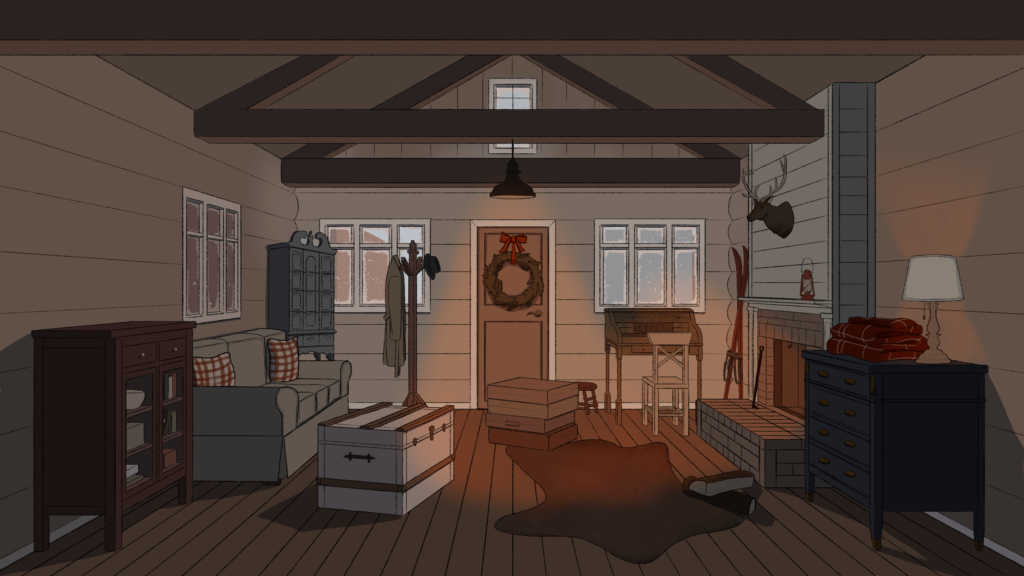
Brush Up on Foreshortening
To boost your drawings, you can study foreshortening to give them more volume and dynamism. Firstly, you can practice copying foreshortened poses to help you get a handle on the basics. Secondly, you can follow tutorials to learn how to use overlap and how much bigger or smaller to make things. Thirdly, it might look silly–and it might be boring–but practice drawing limbs moving along an arc to understand how to properly foreshorten. Then, repeat these steps if you so desire.
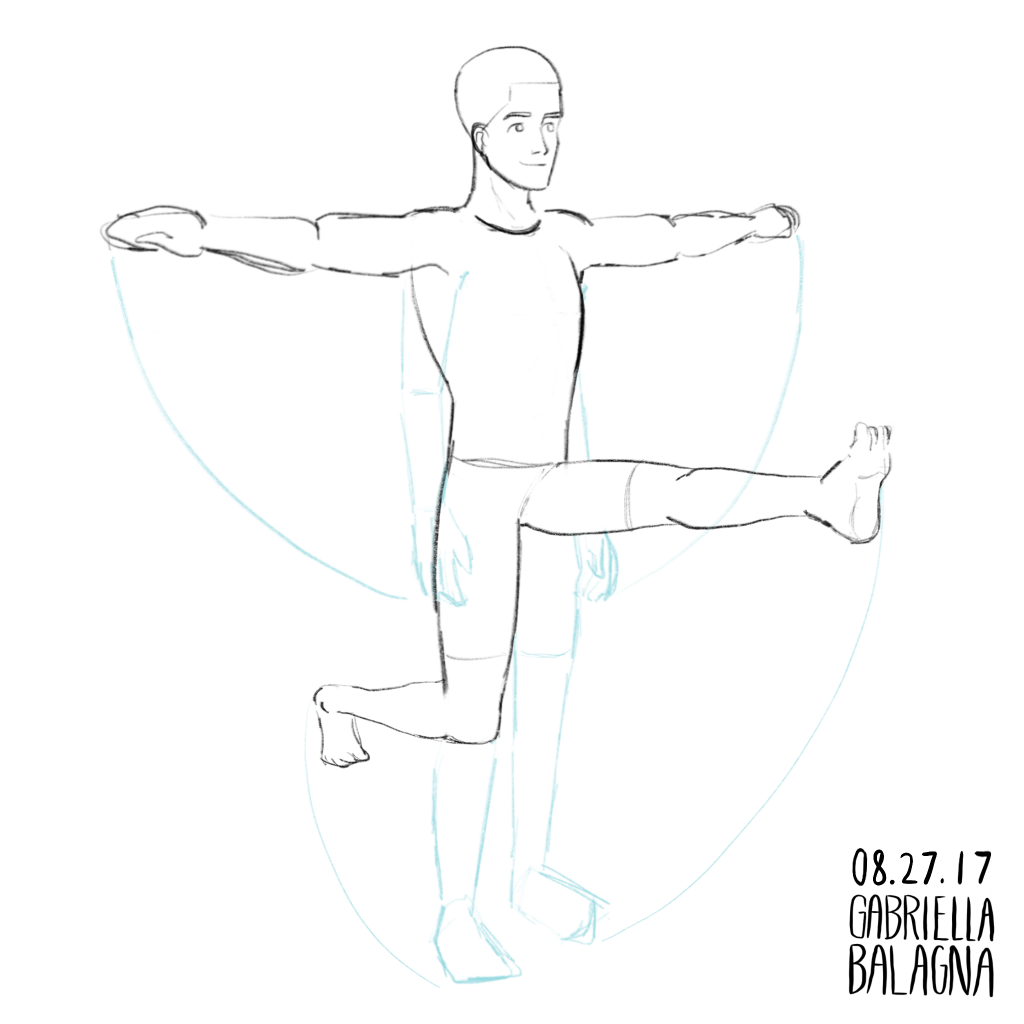
Study 2D Animation Principles
Another way to upgrade your drawings is by using 2d animation principles. 2d animation is all about giving life, clarity, and likability to characters. You can find the principles in this well-loved book, The Animator’s Survival Kit. Reading up on the principles of 2d animation can really help improve your drawings. For example, using the principle “line of action” gives characters a fluid, natural, and dynamic pose. Similarly, the principle “silhouette“ helps create a readable and strong pose. In addition, “squash and stretch” helps communicate an expression or movement. Furthermore, “staging,” “exaggeration,” and other 2d principles will help your drawings as well.
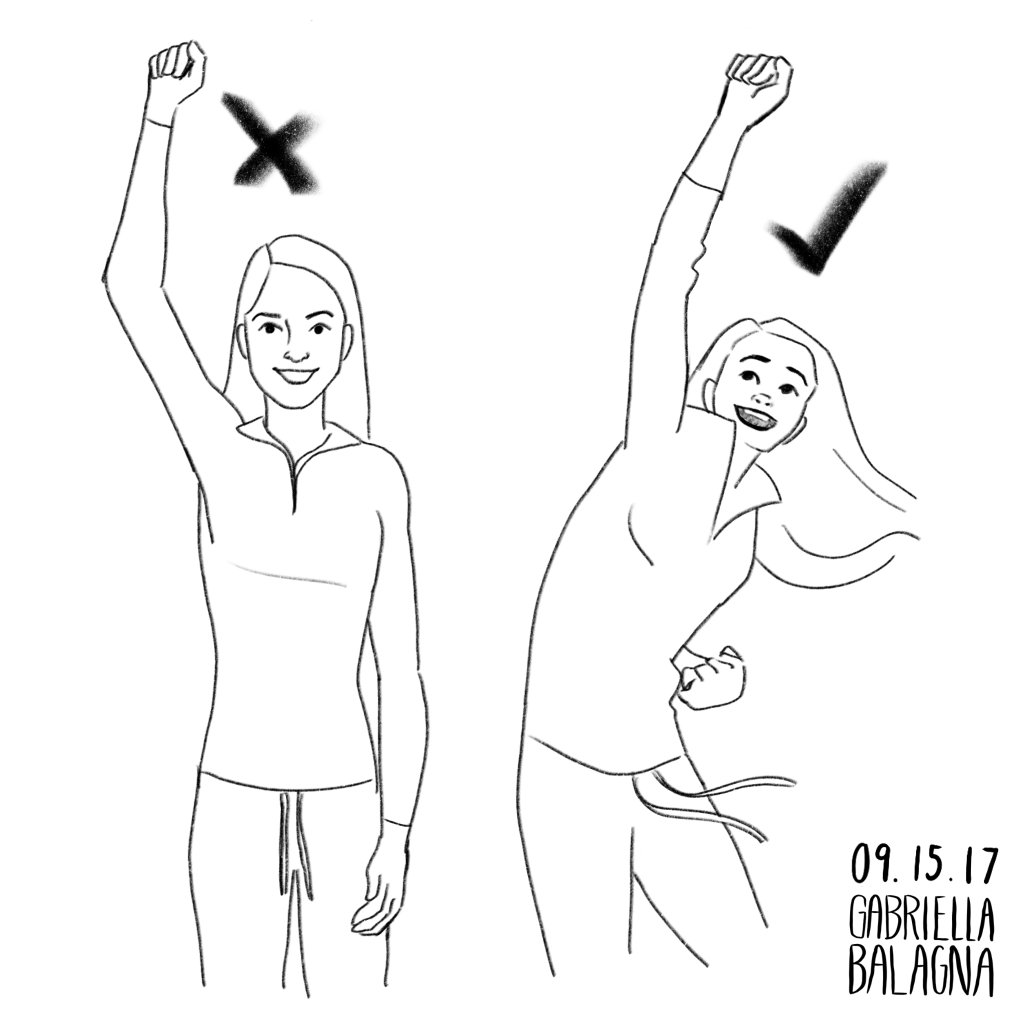
Memorize Formulas
To improve your art, you can also start using formulas when you draw. That’s because this can help you to get proportions right. For example, you can look for tutorials on DeviantArt teaching the 8-heads body proportions rule, facial proportions, the volumes of each muscle, etc. Alternatively, you can study from reference, and create your own formulas. Either way, you can memorize the formulas to ensure you create the correct proportions for your subject matter, even without using reference.
Draw With Just a Pencil
This method can seem a bit old-fashioned, but drawing on paper is a great way to improve your art. Digital art is great, but sometimes it can be a hindrance or a crutch. In digital art, there is a tendency to get too zoomed in on image. Drawing on paper will ensure you can see the full picture at all times, which makes it easier to draw and ensure that you do not get too focused on the details. Drawing on paper also allows you to draw anywhere at any time, without having to worry about setting up a file or running out of battery. This can help you draw more often, which will in turn help you improve. Finally, drawing on paper can make you less reliant on digital crutches. You will be forced to learn correct proportions since there is no rescale.
Break Out of Your Comfort Zone
Furthermore, a great way to improve your drawings is by making a list of the things you never draw, hate to draw, or just are not good at drawing. Then, you can take some time to practice drawing those things using the tips above. With practice, improvement is bound to happen in these areas, and your overall art will look better because of it.
Finally, a great way to improve your art is making a comic. Making a comic will help you break out of your comfort zone because it requires you to practice expressions, proportions, backgrounds, layout, etc. In order to tell a good story, you will be forced to draw things you may not be good at drawing. But this means you will have to practice them, and thus you’ll improve at drawing those things.
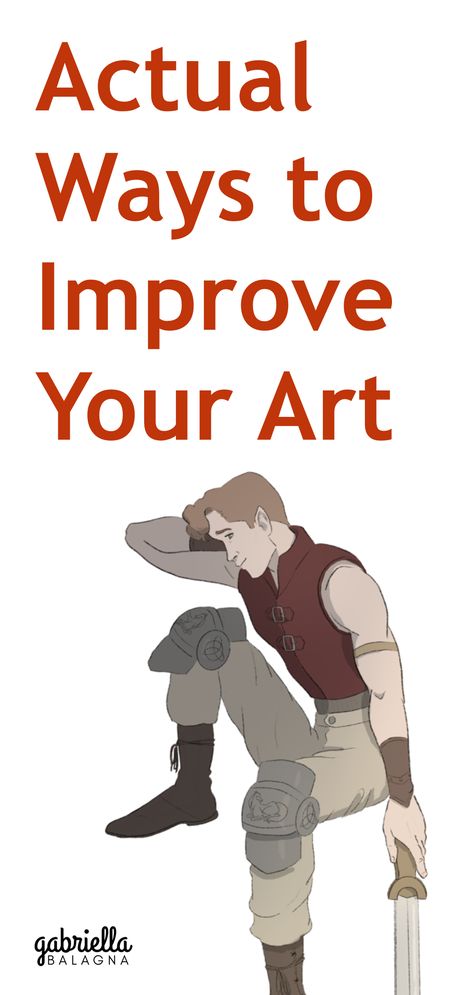
Time to Improve Your Art!
If you want to improve your drawings, you can start by picking one or two of these methods. People learn differently, so create your own exercises if these are not for you. Remember that learning to draw takes time, but you can improve the technical side of your art if you work at. Your drawings are going to look great! Comment which method you are going to try first.

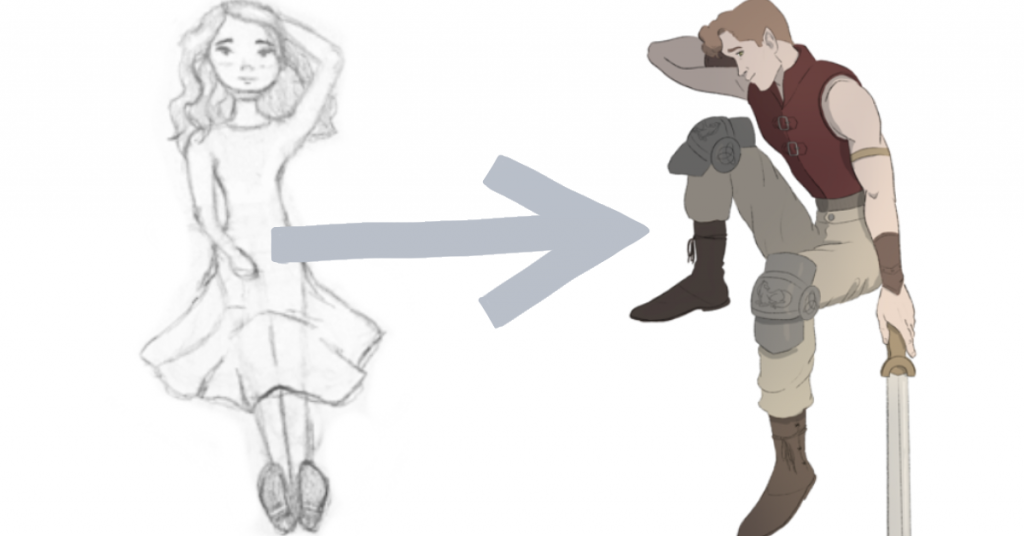
Discussion (8) ¬
This was a delight to read. You show an impressive grasp on this subject! I specialize about Thai-Massage and you can see my posts here at my blog 71N Keep up the incredible work!